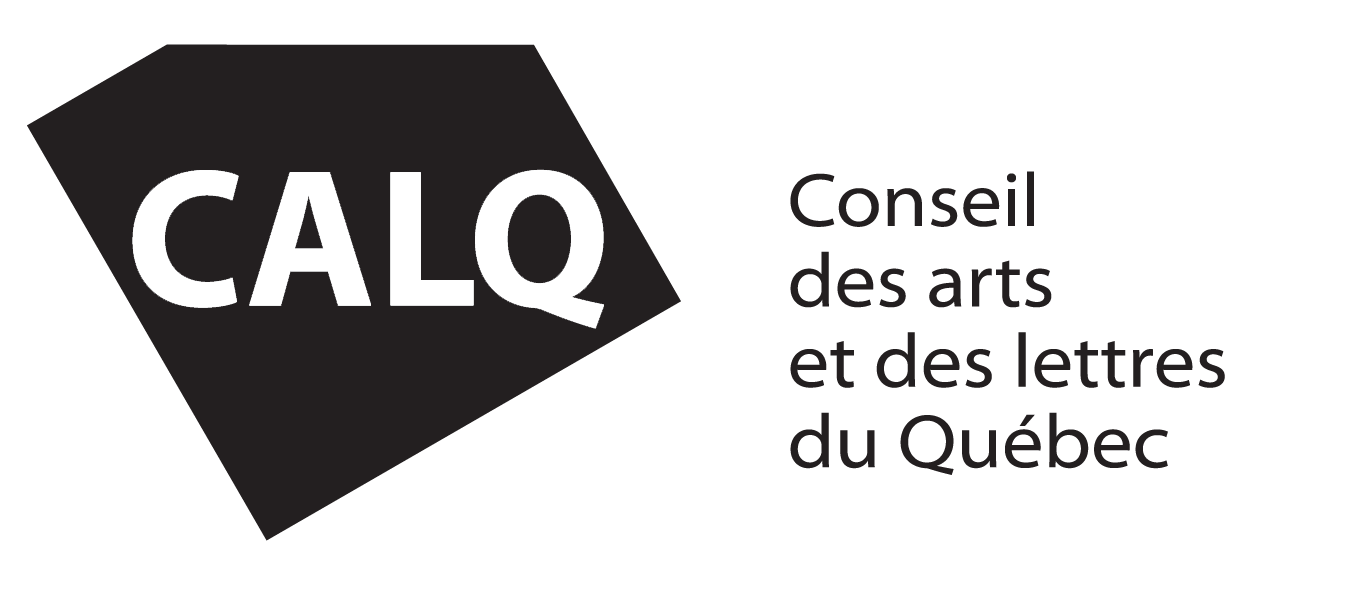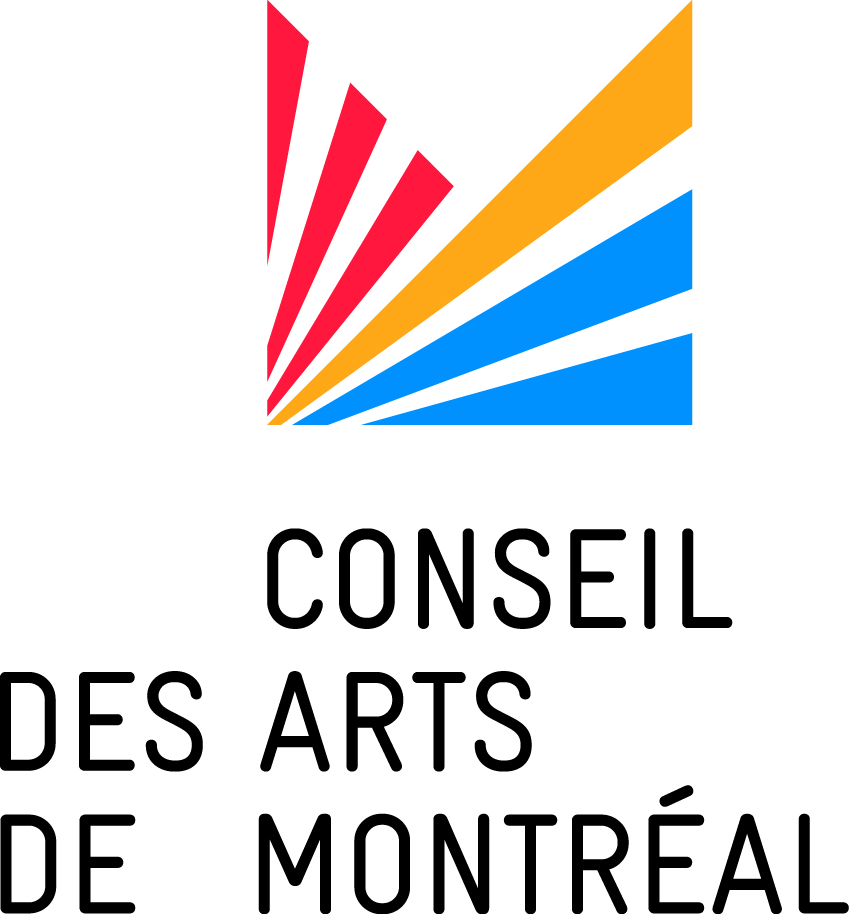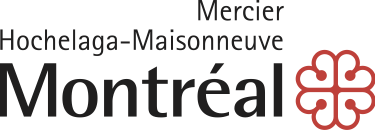In the world of the visual arts, there was life in Montreal after Borduas. It began in May 1953, a few days after the “father of automatism” left for New York, with the spectacular exhibition La Place des artistes, organized by Marcelle Ferron, Fernand Leduc and Robert Roussil. This new-style “Spring Salon” was Molinari’s first public show, and he was not yet twenty years old. This was followed by a flurry of exhibitions, including La matière chante, considered “the swan song of the Automatist movement”; memorable group shows at Librairie Tranquille; Espace 55, which gave rise to a lively polemic between Leduc and Borduas, and Molinari’s first major text in support of the latter; an impressive series of exhibitions in the basement of the café-restaurant L’Échourie, coordinated by Molinari, who held his first solo show there, before welcoming the quartet of Belzile, Jauran, Jérôme and Toupin, who launched the Manifeste des Plasticiens; then came the opening of the L’Actuelle gallery, which will be discussed at length this year at the Fondation, and the creation of the Association des artistes non-figuratifs de Montréal. In short, these were great years.
In May 1955, Molinari and Fernande Saint-Martin opened L’Actuelle. The space was reserved exclusively for the dissemination of non-figuration, an art form often under-appreciated at the time, both by society in general and by museums. (This was the antithesis of the absolute pluralism of La Place des artistes.) The inaugural exhibition brought together some twenty painters who offered their works, as the invitation card put it, “for the benefit of the public performance of Claude Gauvreau’s theatrical work”.
Another unloved one! That said, the list of exhibitors alone would make any gallery director salivate today: for the record, Borduas, Leduc and Riopelle; Ulysse Comtois, Rita Letendre and Jean McEwen; Paterson Ewen, Jean-Paul Mousseau and Claude Tousignant; Molinari and Jean Goguen, then in his very first exhibition. And it is these last two that, sixty years later, the Guido Molinari Foundation has decided to welcome to its upstairs rooms, whose configuration evokes the galleries of the L’Actuelle era. Here, the two old comrades-in-arms are reunited around a few large black signs on paper, denoting a strong complicity between two painters considered, moreover and above all, to be high-flying colourists.
Such a meeting could not have taken place during the lifetime of either artist, and for good reason! Molinari and Goguen had, in a way, two opposing attitudes towards their works on paper. The former would never fail to exhibit them: Molinari’s very first solo exhibition, in 1954, included only drawings, as did his participation in Espace 55 the following year; in 1958, he presented his Calligraphies at Galerie Artek and, in 1981, the Agnes Etherington Art Centre in Kingston circulated a major retrospective of his “works on paper” across Canada; even his major museum retrospectives (at the National Gallery of Canada, in 1976, and at the Musée d’art contemporain de Montréal, in 1995) had to make room each time for a corpus of some thirty drawings; the list goes on. In contrast, Goguen has never been willing to show his graphic experiments of the fifties, which nevertheless gave rise to over two hundred sheets (as attested, in 1991, by a very fine posthumous exhibition of the artist’s work, organized by La Promotion des arts Lavalin at the Maison de la culture Frontenac).
Whereas Molinari never ceased to see his drawings as an accompaniment, or even an instruction manual, to his paintings, it’s as if Goguen had decided to disavow this entire calligraphic adventure, once he had asserted himself as a “plastician” with a “dynamic space” tendency. He failed to see that these signs, energetically traced with modest leather dye, already met the definition he would give of abstract art, in 1959, in the catalog of the famous École des Beaux-Arts exhibition: “Organized form which possesses its own life, which has no reference from nature and which is the very essence of dynamic pulsation.” Fortunately, if he never agreed to distribute this work, at least he did not go so far as to destroy it (even though he has already declared that he did so for several of his earlier productions). Perhaps this omission is indicative of Goguen’s state of mindé
– Gilles Daigneault
Read the exhibition flyer below:






